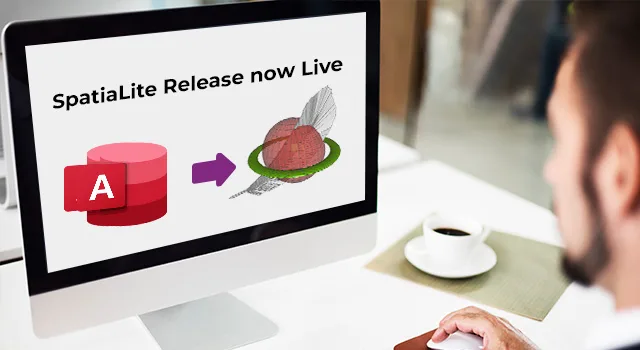EVALUATE YOUR
CLOVER-GRASS RATIOS
A tool to get to know your clover-grass fields and its nutrients needs.
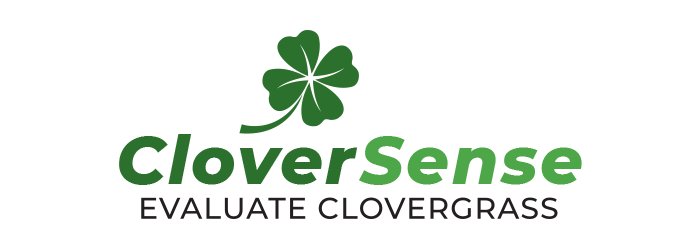
Quick and easy evaluation of your fields. Use your mobile phone directly in the field. Improve your clover-grass ratio for the best feed for your stock.
INTRODUCTION CloverSense
The quality of feed depends on its protein content and can in clover-grass fields be translated to a certain ratio between these two fractions.
With CloverSense I∙GIS offers a tool to evaluate this ratio in the field based on images e.g. taken with the mobile phone. Based on the gained results it allows the consultant and farmer to optimize the fertilization of their clover-grass fields to manipulate this ratio to a more favorable one. In consequence improving the ratio and thus the feed quality. At the same time it is a decision making tool for the farmer to decide on how to distribute their manure between their different fields.
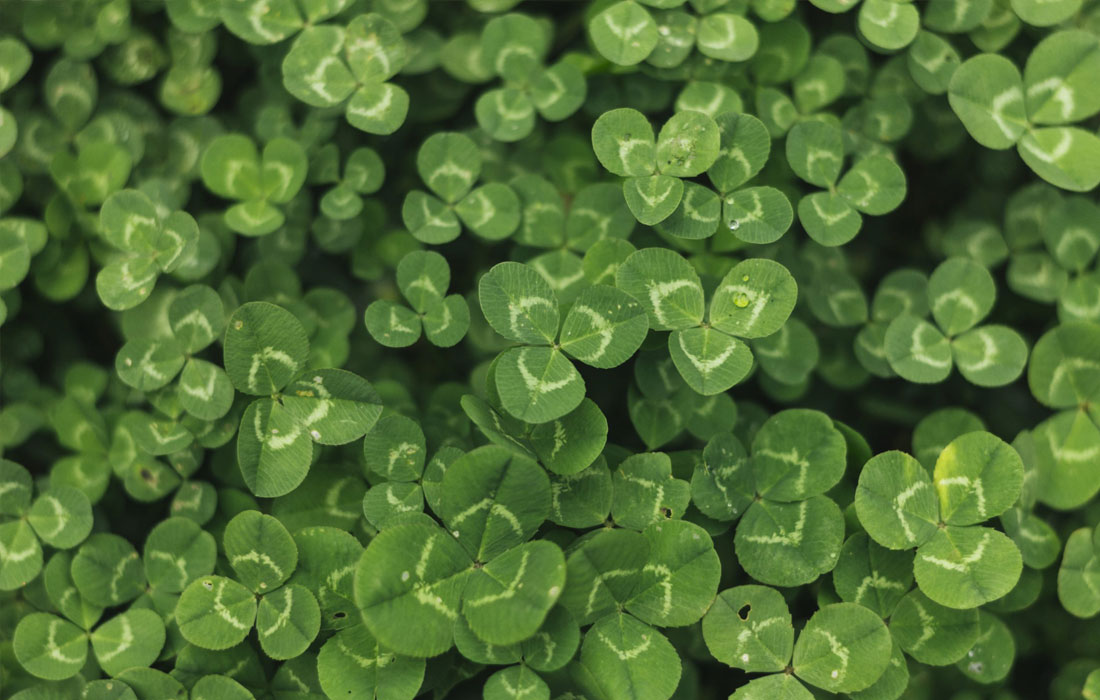
CLOVERSENSE
SERVICE OVERVIEW
Fast and in depth analysis of your clover grass ratio.
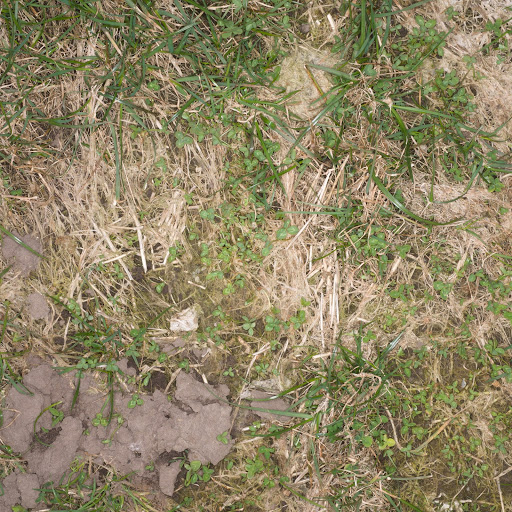

Optimization of clover-grass field fertilization
In Denmark clover-grass pastures are an important feed source for dairy cows, covering an area of approx. 259.000 ha in 2015 (Statistics Denmark, 2016). The optimal clover/grass ratio for the field quality is 40 - 50 % in a first year's field, and the aim of the farmer is to maintain a stable clover proportion throughout the growing season.
A optimal clover/grass ratio results in a higher feed uptake and has great influence on cows dairy performance. This effect is known as the "legume plant effect".
Clover, which is an important protein source in the feed, can even help when it comes to obtaining nitrogen. Grass on the other hand, needs added nitrogen. In practice it is desirable to get a rather high clover percentage in the clover pastures.

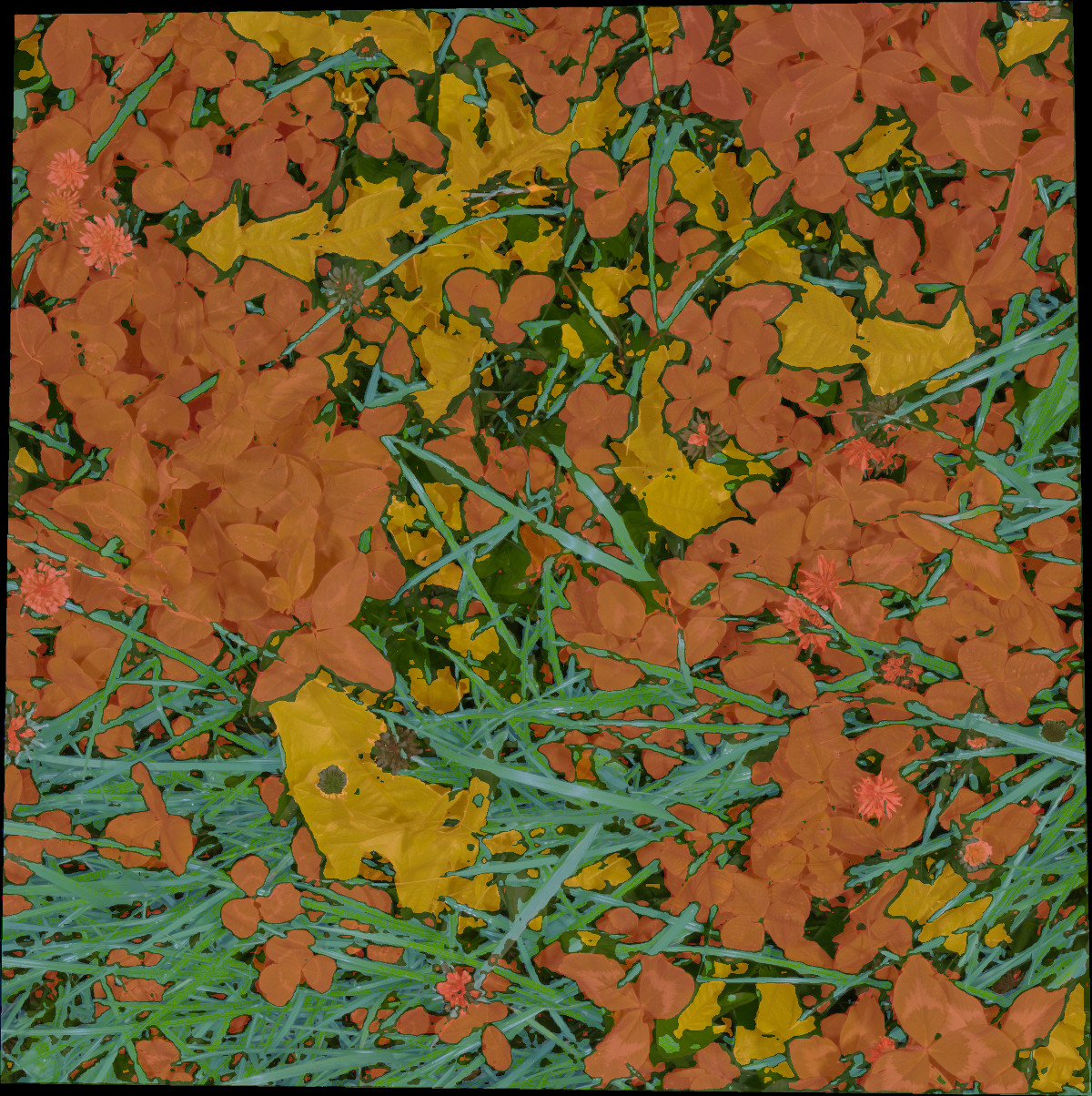
Decision help for the farmer
While the clover is able to fix nitrogen (N) from the air, grass will outcompete the clover if there is enough N available in the ground. In consequence it is thus possible to change the clover/grass ratio by adding different amounts of N via tailored fertilization.
Until now the nitrogen need and consequently supply of a field is assessed visually based on the relationship between clover and grass. This method is in strong contrast to the desire for differentiated nitrogen allocation throughout the field to optimize the use of nitrogen in agriculture.
I·GIS has developed CloverSense to make it possible for the farmer to develop an ideal fertilization program for clover-grass pastures.
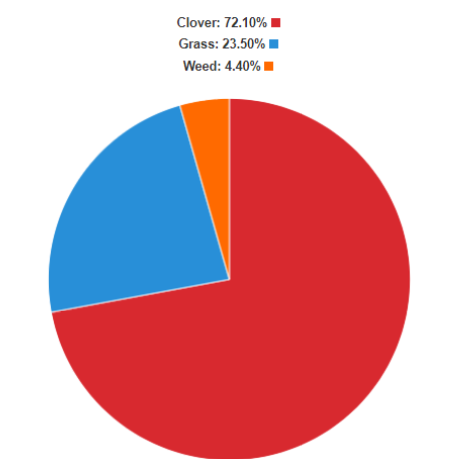
Analysis of ratio clover to grass
CloverSense can determine the ratio of clover to grass. If a whole field is mapped via images, by using algorithms developed for the application of nitrogen, our system can provide fertilizer maps that are based on the clover-grass ratio.
Furthermore, by analyzing only a hand full of images of a field and comparing the results with other fields of the same farm, an intra-farm distribution plan for manure can be established. This, to optimize intra-farm manure distribution.
With these tools the farmer can make better use of nitrogen, improve the yield of his clover grass and reduce the supply of nitrogen to the fields. The aim is to increase the yield by 5%, compared with the average yield of 8000 FEN per ha.
Clover sense is available in two versions: a smartphone app and a web-based decision support system (see below).
PRODUCT
OVERVIEW

CloverSenseMobile
The application for smartphone use (only Android for now) allows the farmer and the consultant to obtain an objective estimate of the clover grass directly in the field, thus optimising the supply of nitrogen.
Download the app for free here:
CloverSenseWeb
A web-based decision support system to help farmers and consultants get an objective estimate of the clover grass ratio in the field. Providing valuable information to decide on the supply of Nitrogen.
Register and try for free:


